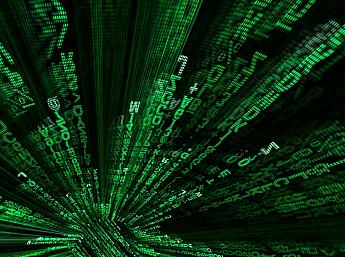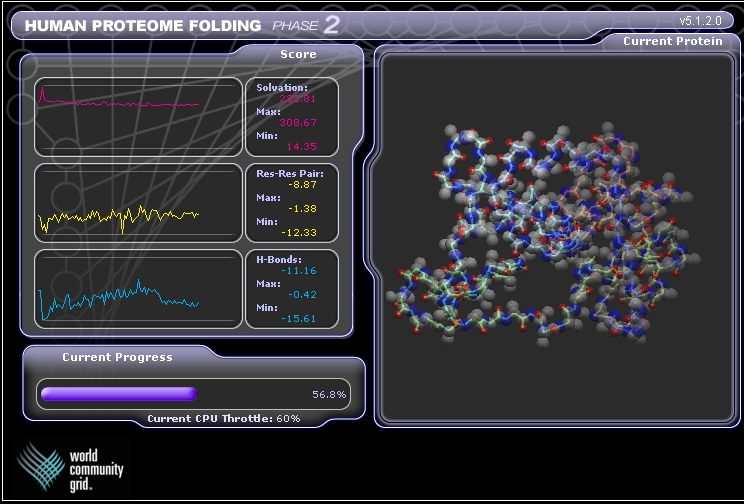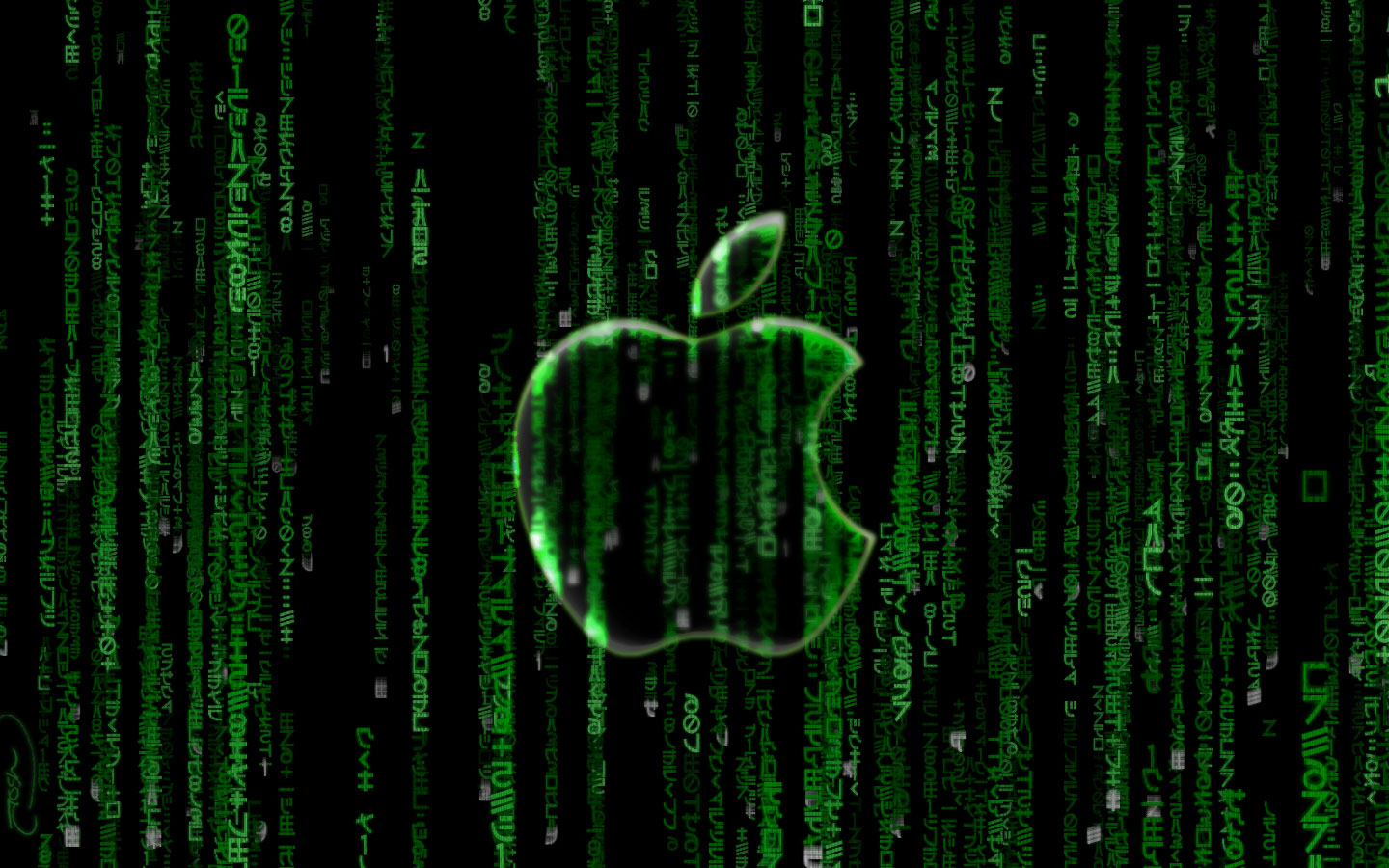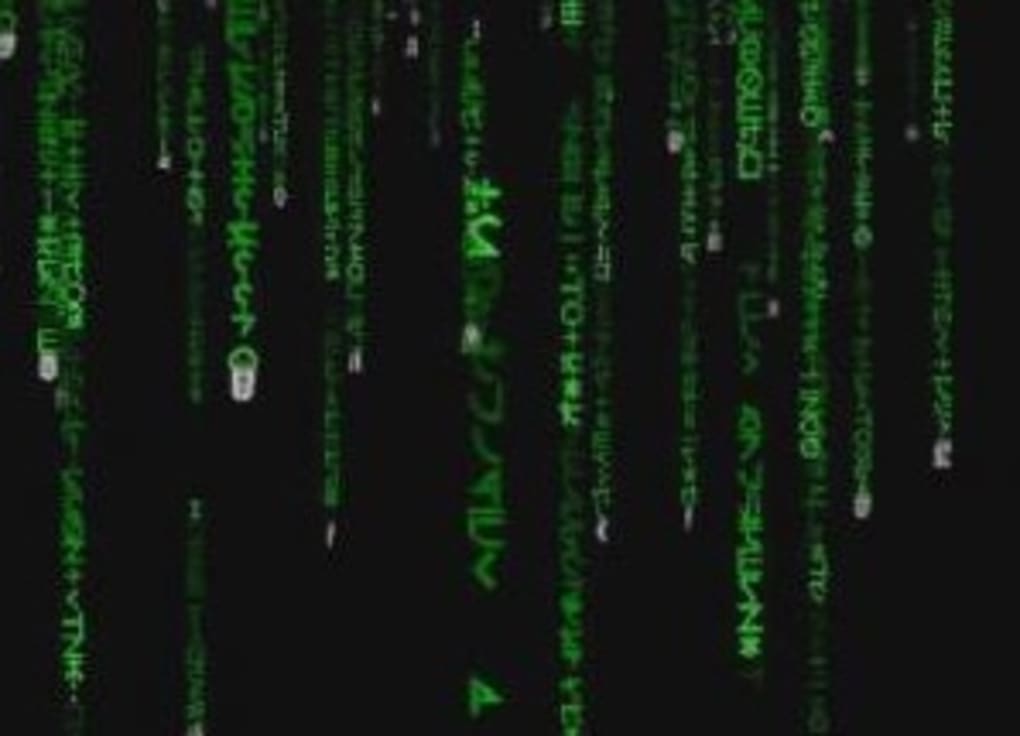- Matrix Screensaver Mac Os X Download
- Matrix Screen Saver Mac
- Matrix Screensaver Mac Os
- Matrix Screensaver For Mac Os X
- Matrix Screensaver Mac Os X Catalina
Best Mac Screensavers Matrix. Are you looking for best mac screensavers matrix?You are in right place. Our site is dedicated for selected top quality 3D Screensavers. Browse our pages for animated Aquarium, Sea, Space, Fantasy, Holiday, Christmas, Halloween and Nature themes. MatrixSaver is a screensaver for Mac OS X that replicates the screen effects of the motion picture The Matrix. Leopard Screensavers Vortex, aurora, and time machine background are applied as the basic concept of these screensavers. Alchemy 3D Screensaver for Mac OS X v.1.0.5 Launch Alchemy 3D Screensaver and transfer yourself to the world of alchemy and dark magic. Mix mysterious ingredients in your magic bowl, cast the spells and try to revive the fog demon. MatrixWorld 3D for Mac OS X v.1.0.3 Did you ever see The Matrix movie? Hope, no further comments needed. MatrixSaver is a screen saver for Mac OS X that replicates the screen effects of the motion picture The Matrix. MatrixSaver is the only Matrix-style screen saver that is fully compatible with. Movie Screensaver Mac Snow Leopard. Swf Screensaver Mac Snow Leopard. Analogy Screensaver Mac Snow Leopard. Fireplace Screensaver Mac Snow Leopard. Flip Clock Screensaver Mac OS X Snow Leopard. 3D Matrix Screensaver Mac Snow Leopard. Mac Screensaver Aquarium Snow Leopard. Screensaver Mac Snow Leopard. Screensaver Mac OS X Snow Leopard.
| Original author(s) | Jamie Zawinski |
|---|---|
| Developer(s) | Jamie Zawinski |
| Initial release | 17 August 1992; 28 years ago |
| Stable release | 5.45 / December 8, 2020; 33 days ago[1] |
| Repository | github.com/Zygo/xscreensaver |
| Written in | ANSI C, X11, OpenGL |
| Operating system | Unix, macOS, iOS, Android |
| Type | Screensaver |
| License | MIT License[2] |
| Website | jwz.org/xscreensaver/ |
XScreenSaver is a free and open-source collection of 240+[3]screensavers for Unix, macOS, iOS and Android operating systems. It was created by Jamie Zawinski in 1992 and is still maintained by him, with new releases coming out several times a year.[4]
Matrix Screensaver Mac Os X Download
Platforms[edit]
The free software and open-sourceUnix-like operating systems running the X Window System (such as Linux and FreeBSD) use XScreenSaver almost exclusively.[citation needed] On those systems, there are several packages: one for the screen-saving and locking framework, and two or more for the display modes, divided somewhat arbitrarily.[5]
On Macintosh systems, XScreenSaver works with the built-in macOS screen saver.
On iOS systems, XScreenSaver is a stand-alone app that can run any of the hacks full-screen.

On Android systems, the XScreenSaver display modes work either as normal screen savers (which Android sometimes refers to as 'Daydreams') or as live wallpapers.
There is no official version for Microsoft Windows, and the developer discourages anyone from porting it. The author considers Microsoft to be 'a company with vicious, predatory, anti-competitive business practices'[6]and says that, as one of the original authors of Netscape Navigator, he holds a 'personal grudge' against Microsoft because of its behavior during the First Browser War.
Software Architecture[edit]
The XScreenSaver daemon is responsible for detecting idle-ness, blanking and locking the screen, and launching the display modes. The display modes (termed 'hacks' from the historical usage 'display hack') are each stand-alone programs.
This is an important security feature, in that the display modes are sandboxed into a separate process from the screen locking framework. This means that a programming error in one of the graphical display modes cannot compromise the screen locker itself (e.g., a crash in a display mode will not unlock the screen).
It also means that a third-party screen saver can be written in any language or with any graphics library, so long as it is capable of rendering onto an externally provided window.

For historical and portability reasons, the included hacks are all written in ANSI C. About half of them use the X11 API, and about half use the OpenGL 1.3 API.
Rather than forking the code-base and re-writing the hacks in order to target different platforms, XScreenSaver contains a number of compatiblity layers.
- To allow the X11-based hacks to run natively on macOS and iOS, XScreenSaver contains a complete implementation of the X11 API built on top of Cocoa ('jwxyz').[7]
- To allow the OpenGL 1.3-based hacks to run natively on iOS and Android systems, which only support OpenGL ES, XScreenSaver contains an implementation of the OpenGL 1.3 API built in top of OpenGL ES 1.0 ('jwzgles').[7]
- And to allow the X11-based hacks to run natively on iOS and Android, XScreenSaver also contains an implementation of the X11 API in terms of OpenGL ES 1.0.[8]
Security[edit]
In addition to sandboxing the display modes, the XScreenSaver daemon links with as few libraries as possible. In particular, it does not link against GUI frameworks like GTK or KDE, but uses only raw Xlib for rendering the unlock dialog box.
In recent years, some Linux distributions have begun using the gnome-screensaver or kscreensaver screen-blanking frameworks by default instead of the framework included with XScreenSaver.[9]In 2011, gnome-screensaver was forked as both mate-screensaver and cinnamon-screensaver. Earlier versions of these framekworks still depended upon the XScreenSaver collection of screen savers, which is over 90% of the package.[10]However, in 2011, gnome-screensaver version 3 dropped support for screensavers completely, supporting only simple screen blanking,[11]and as of 2018, Linux Mint's cinnamon-screensaver 4.0.8 no longer supports the XScreenSaver hacks.[12]
Those Linux distributions that have replaced XScreenSaver with other screen-locking frameworks have suffered notable security problems. Those other frameworks have a history of security bugs that allow the screen to be un-locked without a password, e.g., by simply holding a key down until the locker crashes.[13][14][15][16][17]
In 2004, Zawinski had written about the architectural decisions made in XScreenSaver with the goal of avoiding this very class of bug,[18]leading him to quip in 2015, 'If you are not running XScreenSaver on Linux, then it is safe to assume that your screen does not lock.'[19]
Display Modes[edit]
The included hacks are highly varied, ranging from simple 2D psychedelia, to 3D demonstrations of complex mathematical principles, to simulations of other computer systems, to re-creations of artifacts and effects from movies.
Though many of the newer hacks take full advantage of the power of modern computers, the age of the project means that some of the older hacks may look dated to modern eyes, as they were originally written for much less powerful computers.
Examples of hacks include:[3]
- Atlantis – an OpenGL animation showing whales and dolphins.
- BSOD – shows fake fatal screen of death variants from many computer systems, including Microsoft WindowsBlue Screen of Death, a Linux kernel panic, a Darwin crash, an Amiga 'Guru Meditation' error, a sad Mac, and more.
- Apple2 – simulates an Apple II computer, showing a user entering a simple BASIC program and running it. When run from the command-line, it is a fully functional terminal emulator (as is Phosphor.)
- Barcode – a number of coloured barcodes scroll across the screen.
- Flow – a 3D display of strange attractors.
- Flying toasters – 3D toasters fly around, inspired by the classic After Dark screensaver.
- Gears – an OpenGL animation of inter-meshing gears and planetary gears.
- GLMatrix – an OpenGL animation similar to the 'digital rain' title sequence seen in the Matrix trilogy.
- Molecule – an OpenGL animation showing space-filling or ball-and-stick models of a series of common drugs and other molecules, of which thirty-eight (38) are built in. It can also read PDB (Protein Data Bank) from a file, or files placed in a directory, as input.
- Penrose – tiles the screen aperiodically with coloured Penrose tiles.
- Spotlight – puts a moving spotlight across the desktop in the style of the James Bond film opening sequences.
- Sproingies – an animation in the style of the video game Q*bert.
- Webcollage – creates collages out of random images found on the Web.
- XAnalogTV – simulates an analog cathode ray tube television set, including visual artifacts and reception issues.
- XPlanet – draws planets and other celestial bodies that update in real time.
- XMatrix – animations similar to the 'digital rain' sequence seen in the Matrix trilogy.
Matrix Screen Saver Mac
Some of the included hacks are very similar to demo effects created by the demoscene:
- Boing – based on the 1984 program regarded as the first Amiga demo ever, showing the bouncing red and white ball.
- Bumps – an implementation of full-screen 2D bump mapping.
- MetaBalls – another common demo effect.
- Moire2 – moving interference circles similar to those common in older Amiga demos.
- ShadeBobs – another effect common in older Amiga demos.
- XFlame – the filter-based fire effect, also known as flame effect.
See also[edit]
XScreenSaver was featured in Sleep Mode: The Art of the Screensaver,[20]a gallery exhibition curated by Rafaël Rozendaal at Rotterdam's Het Nieuwe Instituut in 2017.

Media related to XScreenSaver at Wikimedia Commons
References[edit]
- ^'Changelog'. Retrieved 2020-12-24.
- ^'Debian XScreenSaver copyright list'. 2020-12-24. Retrieved 2020-12-24.
- ^ ab'List of screen savers included in the XScreenSaver collection'. 2020-12-08. Retrieved 2020-12-24.
- ^'XScreenSaver release history'. 2020-12-08. Retrieved 2020-12-24.
- ^'Debian XScreenSaver package list'. 2020-12-24. Retrieved 2020-12-24.
- ^'XScreenSaver: Windows Version'. www.jwz.org. Retrieved 2020-12-24.
- ^ ab'jwz.org blog post about the iOS port'. 2012-06-19. Retrieved 2020-12-24.
- ^'jwz.org blog post about the Android port'. 2016-05-23. Retrieved 2020-12-24.
- ^'XScreenSaver FAQ regarding KDE/Gnome'. Retrieved 2020-12-24.
- ^'XScreenSaver source code distribution'. 2020-12-08. Retrieved 2020-12-24.
- ^Campagna, Giovanni (2011-03-21). 'Re: What is the status of the screensaver in GNOME3?'. gnome-shell (Mailing list).
- ^'Linux Mint 19.1 Announcement'. 2018-12-20. Retrieved 2020-12-24.
- ^'Gnome-Screensaver Key Flood'. 2014-04-16. Retrieved 2020-12-24.
- ^'Cinnamon-Screensaver Key Flood'. 2014-08-22. Retrieved 2020-12-24.
- ^'CVE-2014-1949, Cinnamon-Screensaver Lock Bypass'. 2015-01-16. Retrieved 2020-12-24.
- ^'Mandriva Security Advisory MDVSA-2015:162'. 2015-03-29. Retrieved 2020-12-24.
- ^'CVE-2019-3010, Privilege Escalation in Oracle Solaris XScreenSaver fork'. 2019-10-23. Retrieved 2020-12-24.
- ^'XScreenSaver: On Toolkit Dialogs'. 2004-10-19. Retrieved 2020-12-24.
- ^'jwz.org blog post about Gnome security bugs'. 2015-04-04. Retrieved 2020-12-24.
- ^'Sleep Mode: The Art of the Screensaver: Jamie Zawinski Interview'. 2017-01-27. Retrieved 2020-12-24.
External links[edit]
- 'XScreenSaver'. Freecode.
Unlike the software developed for Windows system, most of the applications installed in Mac OS X generally can be removed with relative ease. The Matrix Screensaver (PPC) is a third party application that provides additional functionality to OS X system and enjoys a popularity among Mac users. However, instead of installing it by dragging its icon to the Application folder, uninstalling The Matrix Screensaver (PPC) may need you to do more than a simple drag-and-drop to the Trash.
Download Mac App RemoverWhen installed, The Matrix Screensaver (PPC) creates files in several locations. Generally, its additional files, such as preference files and application support files, still remains on the hard drive after you delete The Matrix Screensaver (PPC) from the Application folder, in case that the next time you decide to reinstall it, the settings of this program still be kept. But if you are trying to uninstall The Matrix Screensaver (PPC) in full and free up your disk space, removing all its components is highly necessary. Continue reading this article to learn about the proper methods for uninstalling The Matrix Screensaver (PPC) .
Manually uninstall The Matrix Screensaver (PPC) step by step:
Most applications in Mac OS X are bundles that contain all, or at least most, of the files needed to run the application, that is to say, they are self-contained. Thus, different from the program uninstall method of using the control panel in Windows, Mac users can easily drag any unwanted application to the Trash and then the removal process is started. Despite that, you should also be aware that removing an unbundled application by moving it into the Trash leave behind some of its components on your Mac. To fully get rid of The Matrix Screensaver (PPC) from your Mac, you can manually follow these steps:
1. Terminate The Matrix Screensaver (PPC) process(es) via Activity Monitor
Before uninstalling The Matrix Screensaver (PPC) , you’d better quit this application and end all its processes. If The Matrix Screensaver (PPC) is frozen, you can press Cmd +Opt + Esc, select The Matrix Screensaver (PPC) in the pop-up windows and click Force Quit to quit this program (this shortcut for force quit works for the application that appears but not for its hidden processes).
Open Activity Monitor in the Utilities folder in Launchpad, and select All Processes on the drop-down menu at the top of the window. Select the process(es) associated with The Matrix Screensaver (PPC) in the list, click Quit Process icon in the left corner of the window, and click Quit in the pop-up dialog box (if that doesn’t work, then try Force Quit).
2. Delete The Matrix Screensaver (PPC) application using the Trash
First of all, make sure to log into your Mac with an administrator account, or you will be asked for a password when you try to delete something.
Open the Applications folder in the Finder (if it doesn’t appear in the sidebar, go to the Menu Bar, open the “Go” menu, and select Applications in the list), search for The Matrix Screensaver (PPC) application by typing its name in the search field, and then drag it to the Trash (in the dock) to begin the uninstall process. Alternatively you can also click on the The Matrix Screensaver (PPC) icon/folder and move it to the Trash by pressing Cmd + Del or choosing the File and Move to Trash commands.
For the applications that are installed from the App Store, you can simply go to the Launchpad, search for the application, click and hold its icon with your mouse button (or hold down the Option key), then the icon will wiggle and show the “X” in its left upper corner. Click the “X” and click Delete in the confirmation dialog.
Download Mac App RemoverMatrix Screensaver Mac Os
3. Remove all components related to The Matrix Screensaver (PPC) in Finder
Though The Matrix Screensaver (PPC) has been deleted to the Trash, its lingering files, logs, caches and other miscellaneous contents may stay on the hard disk. For complete removal of The Matrix Screensaver (PPC) , you can manually detect and clean out all components associated with this application. You can search for the relevant names using Spotlight. Those preference files of The Matrix Screensaver (PPC) can be found in the Preferences folder within your user’s library folder (~/Library/Preferences) or the system-wide Library located at the root of the system volume (/Library/Preferences/), while the support files are located in '~/Library/Application Support/' or '/Library/Application Support/'.
Open the Finder, go to the Menu Bar, open the “Go” menu, select the entry:|Go to Folder... and then enter the path of the Application Support folder:~/Library
Search for any files or folders with the program’s name or developer’s name in the ~/Library/Preferences/, ~/Library/Application Support/ and ~/Library/Caches/ folders. Right click on those items and click Move to Trash to delete them.
Meanwhile, search for the following locations to delete associated items:
- /Library/Preferences/
- /Library/Application Support/
- /Library/Caches/
Besides, there may be some kernel extensions or hidden files that are not obvious to find. In that case, you can do a Google search about the components for The Matrix Screensaver (PPC) . Usually kernel extensions are located in in /System/Library/Extensions and end with the extension .kext, while hidden files are mostly located in your home folder. You can use Terminal (inside Applications/Utilities) to list the contents of the directory in question and delete the offending item.
Matrix Screensaver For Mac Os X
4. Empty the Trash to fully remove The Matrix Screensaver (PPC)
If you are determined to delete The Matrix Screensaver (PPC) permanently, the last thing you need to do is emptying the Trash. To completely empty your trash can, you can right click on the Trash in the dock and choose Empty Trash, or simply choose Empty Trash under the Finder menu (Notice: you can not undo this act, so make sure that you haven’t mistakenly deleted anything before doing this act. If you change your mind, before emptying the Trash, you can right click on the items in the Trash and choose Put Back in the list). In case you cannot empty the Trash, reboot your Mac.
Download Mac App RemoverTips for the app with default uninstall utility:
You may not notice that, there are a few of Mac applications that come with dedicated uninstallation programs. Though the method mentioned above can solve the most app uninstall problems, you can still go for its installation disk or the application folder or package to check if the app has its own uninstaller first. If so, just run such an app and follow the prompts to uninstall properly. After that, search for related files to make sure if the app and its additional files are fully deleted from your Mac.
Automatically uninstall The Matrix Screensaver (PPC) with MacRemover (recommended):
No doubt that uninstalling programs in Mac system has been much simpler than in Windows system. But it still may seem a little tedious and time-consuming for those OS X beginners to manually remove The Matrix Screensaver (PPC) and totally clean out all its remnants. Why not try an easier and faster way to thoroughly remove it?
If you intend to save your time and energy in uninstalling The Matrix Screensaver (PPC) , or you encounter some specific problems in deleting it to the Trash, or even you are not sure which files or folders belong to The Matrix Screensaver (PPC) , you can turn to a professional third-party uninstaller to resolve troubles. Here MacRemover is recommended for you to accomplish The Matrix Screensaver (PPC) uninstall within three simple steps. MacRemover is a lite but powerful uninstaller utility that helps you thoroughly remove unwanted, corrupted or incompatible apps from your Mac. Now let’s see how it works to complete The Matrix Screensaver (PPC) removal task.
1. Download MacRemover and install it by dragging its icon to the application folder.
2. Launch MacRemover in the dock or Launchpad, select The Matrix Screensaver (PPC) appearing on the interface, and click Run Analysis button to proceed.
3. Review The Matrix Screensaver (PPC) files or folders, click Complete Uninstall button and then click Yes in the pup-up dialog box to confirm The Matrix Screensaver (PPC) removal.
The whole uninstall process may takes even less than one minute to finish, and then all items associated with The Matrix Screensaver (PPC) has been successfully removed from your Mac!
Benefits of using MacRemover:
Matrix Screensaver Mac Os X Catalina

MacRemover has a friendly and simply interface and even the first-time users can easily operate any unwanted program uninstallation. With its unique Smart Analytic System, MacRemover is capable of quickly locating every associated components of The Matrix Screensaver (PPC) and safely deleting them within a few clicks. Thoroughly uninstalling The Matrix Screensaver (PPC) from your mac with MacRemover becomes incredibly straightforward and speedy, right? You don’t need to check the Library or manually remove its additional files. Actually, all you need to do is a select-and-delete move. As MacRemover comes in handy to all those who want to get rid of any unwanted programs without any hassle, you’re welcome to download it and enjoy the excellent user experience right now!
This article provides you two methods (both manually and automatically) to properly and quickly uninstall The Matrix Screensaver (PPC) , and either of them works for most of the apps on your Mac. If you confront any difficulty in uninstalling any unwanted application/software, don’t hesitate to apply this automatic tool and resolve your troubles.
Download Mac App Remover